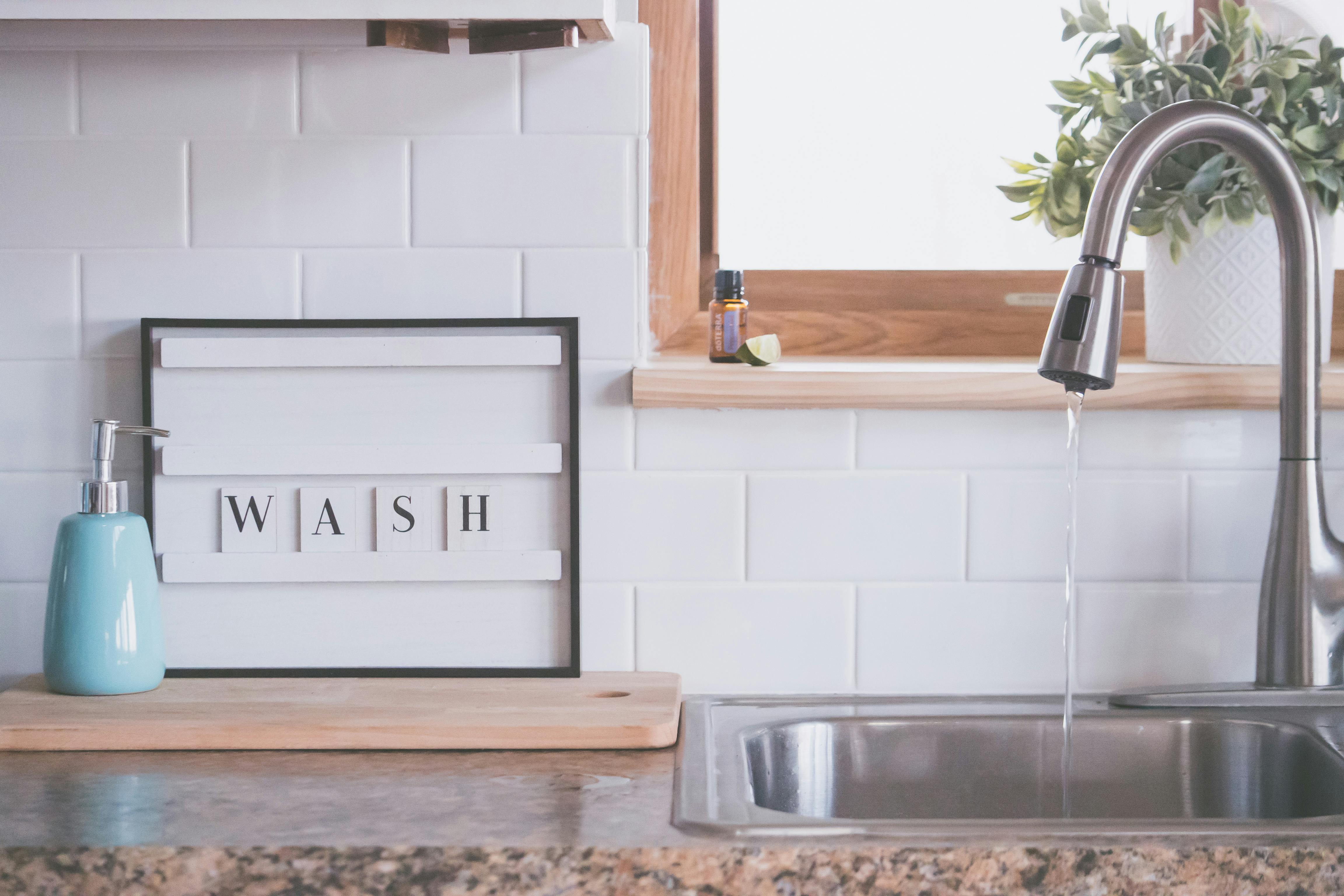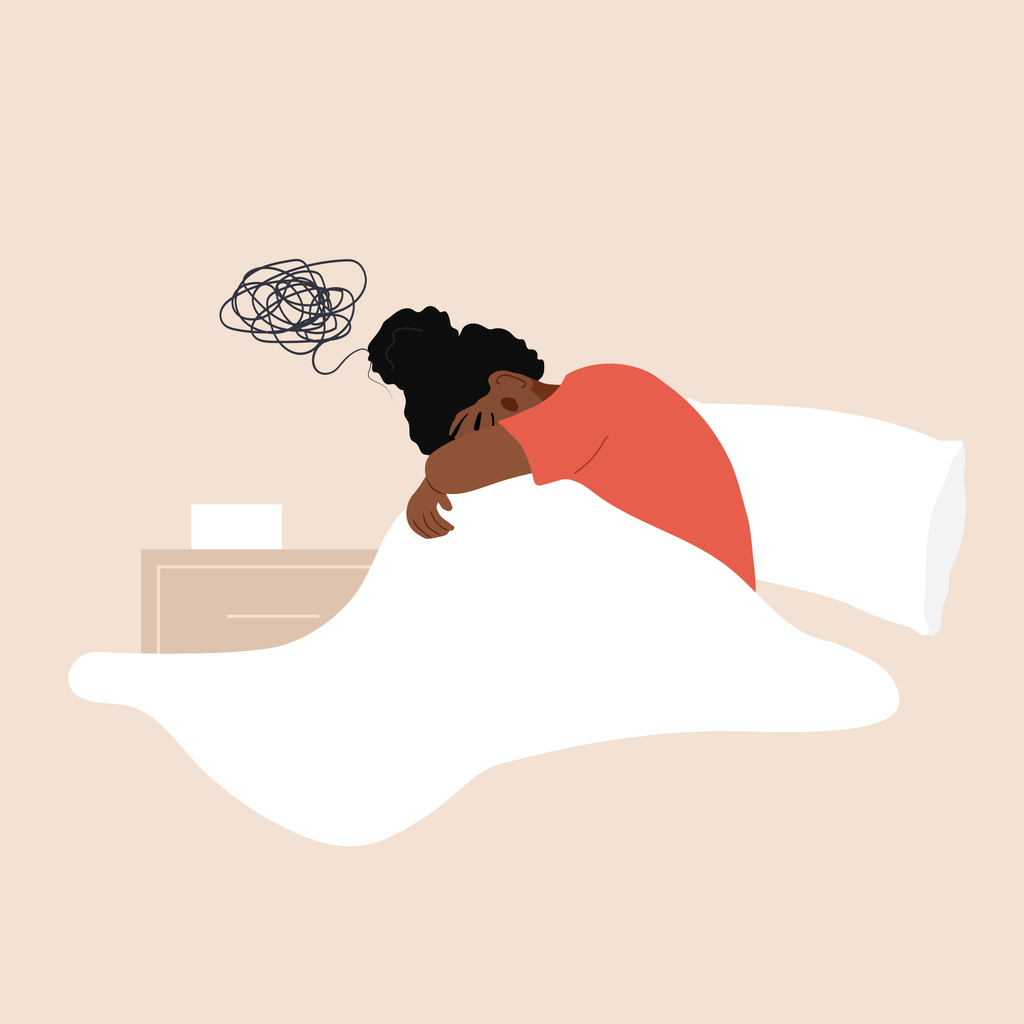What Causes Recurrent Yeast Infection In Women?

A creative writer with a voracious appetite for fashion, beauty,…
One-off infections happen to everyone. Once it’s treated, it all goes away. But if an infection, especially a yeast infection, keeps coming back, chances are it isn’t being treated properly, or you have an environment that encourages the situation. Recurring yeast infection in women is often defined as having four or more infections in a year. Once this is the case, that could be a sign of a more serious issue.
Yeast infection is a fungal infection categorized by whitish discharge, irritation, and itchiness of the vagina. Most women may experience this at least twice in their lifetime, but the issue is when it keeps happening.
What causes recurring yeast infections in women?

- Regular yeast infections can be caused by several factors, including antibiotic use. Antibiotics can disrupt the natural balance of bacteria in the vagina, leading to the overgrowth of yeast.
- Recurring infection can also be due to an immune system weakness. Conditions such as diabetes, HIV, or chemotherapy can weaken the immune system, making recurrent yeast infections more likely.
- High blood sugar levels can also provide an ideal environment for yeast to thrive.
- In addition, hormonal changes due to pregnancy, hormonal contraceptives, and hormone replacement therapy can affect vaginal pH and promote yeast growth.
- Personal hygiene products, such as scented soaps, bubble baths, and douches, can disrupt the natural balance of bacteria and yeast in the vagina.
- Although not classified as a sexually transmitted infection, sexual activity can introduce bacteria and yeast to the vaginal area, leading to infections. Be mindful of your partner, and their hygiene and choices, as it indirectly affects you.
- Wearing tight, non-breathable underwear or clothing can create a warm, moist environment that encourages yeast growth.
- You are what you eat. High sugar intake can feed yeast and promote overgrowth.
- Stress can also affect the immune system, making the body more susceptible to infections.
Addressing these underlying causes can help manage and reduce the frequency of recurrent yeast infections.
How to prevent recurring yeast infection in women…

Getting rid of this condition involves several lifestyle changes and proactive measures, including:
- Maintain good hygiene. Use mild, unscented soap and water to clean the genital area.
- Avoid douching as it can disrupt the natural balance of bacteria and yeast in the vagina.
- Wipe from front to back after using the toilet to prevent spreading bacteria from the rectal area to the vagina.
- Wear breathable clothing. Choose cotton underwear to allow better air circulation.
- Avoid tight-fitting pants and synthetic fabrics that trap moisture.
- Change out of wet clothes, such as swimsuits or gym clothes, as soon as possible.
- Watch your diet and lifestyle. You can consider reducing your sugar intake, as high sugar levels can be a yeast multiplier.
- Incorporate probiotics into your diet through yogurt or supplements to help maintain a healthy balance of bacteria in your body.
- Keep blood sugar levels under control if you have diabetes.
- Manage stress through relaxation techniques, exercise, and sufficient sleep, as stress can weaken the immune system.
- Use antibiotics only when necessary, and prescribed by a healthcare provider, as they can disrupt the balance of bacteria and yeast.
- Stay away from scented feminine hygiene products, including tampons, pads, and sprays.
- Use gentle, fragrance-free laundry detergents for underwear and towels.
- Use condoms to reduce the risk of infections. Ensure both partners are treated if yeast infections are recurrent and potentially sexually transmitted.
- Visit your healthcare provider regularly for check-ups and discuss any recurring infections.
- Consider long-term antifungal treatments, if recommended by your healthcare provider.
By implementing these measures, you can reduce the risk of recurrent yeast infection and promote overall vaginal health. If infections persist, it’s important to consult a healthcare provider for further evaluation and treatment.
Other conditions can mimic the symptoms of a yeast infection

There are other conditions with similar symptoms of yeast infections. These infections show similar discomforts such as itching, burning, and unusual discharge. They include:
- Bacterial Vaginosis (BV): Caused by an imbalance of bacteria in the vagina. Symptoms include a fishy odor, thin gray or white discharge, and vaginal irritation.
- Sexually Transmitted Infections (STIs):
Trichomoniasis: Causes itching, burning, redness, and a frothy, yellow-green discharge with a strong odor.
Chlamydia and Gonorrhea: Often asymptomatic but can cause abnormal discharge, burning during urination, and pelvic pain.
Genital Herpes: Causes painful sores or blisters, itching, and burning.
- Dermatitis or Allergic Reactions: Irritation from products, such as soaps, lotions, or laundry detergents, can cause itching and redness.
- Vulvar Vestibulitis: Chronic pain or discomfort at the entrance of the vagina, often triggered by touch or pressure.
- Urinary Tract Infections (UTIs): Cause burning during urination, frequent urge to urinate, and pelvic pain, which can be confused with yeast infection symptoms.
- Lichen Sclerosus: A chronic skin condition causing white patches, itching, and pain in the genital area.
- Cytolytic Vaginosis: Overgrowth of lactobacilli bacteria leading to symptoms similar to yeast infections, including itching, burning, and discharge.
- Vaginal Atrophy: Thinning and drying of the vaginal walls due to decreased estrogen levels, common during menopause, leading to itching and discomfort.
- Chemical Irritation: Exposure to chemicals in products, like douches, vaginal sprays, or scented tampons, can cause irritation and mimic infection symptoms.
Proper diagnosis by a healthcare provider is essential to distinguish between these conditions and ensure appropriate treatment. Self-diagnosing and treating based on symptoms alone can lead to incorrect treatment and prolonged discomfort.
How do we treat recurring yeast infections?

Treating recurring yeast infections involves a combination of antifungal therapies, lifestyle changes, and addressing underlying health issues.
- Antifungal medications:
Oral antifungals: Medications like fluconazole (Diflucan) are often prescribed as a single dose or a longer course for recurrent infections.
Topical antifungals: Creams, ointments, and suppositories containing clotrimazole, miconazole, or terconazole can be used for localized treatment.
Long-term antifungal therapy: For chronic yeast infections, a healthcare provider may prescribe a longer course of oral antifungals, such as weekly doses of fluconazole for six months or more.
- Probiotics: Oral or vaginal probiotics can help restore the natural balance of bacteria and yeast in the body. Yogurt containing live cultures or probiotic supplements may be beneficial.
- Lifestyle and dietary changes: Reduce sugar and refined carbohydrate intake, as yeast thrives on sugar. Wear breathable, cotton underwear and avoid tight-fitting clothing to reduce moisture. Also, change out of wet clothing promptly after swimming or exercising.
- Avoid irritants: Use mild, unscented soap and avoid scented hygiene products, douches, and vaginal sprays.
- Manage underlying health conditions: If you have diabetes, work to maintain good blood sugar control. Strengthen your immune system through a healthy diet, regular exercise, and stress management techniques.
- Maintain proper hygiene: Practice good genital hygiene by keeping the area clean and dry. Wipe from front to back to prevent the spread of bacteria from the rectal area.
- Review medication: Review any current medications with your healthcare provider to ensure they are not contributing to recurring infections. For example, some antibiotics can disrupt the natural balance of bacteria and yeast.
- Consult a healthcare provider: Regular check-ups and consultations with a healthcare provider are essential to properly diagnose and treat recurrent yeast infections. They can also help rule out other conditions that may mimic yeast infections.
- Don’t forget your partner: In some cases, sexual partners may also need to be treated to prevent reinfection.
By combining these approaches, you can effectively manage and reduce the frequency of recurring yeast infections. Always consult a healthcare provider for personalized treatment and advice.
Featured image: Polina Zimmerman/Pexels
Medical Disclaimer
All content found on the StyleRave.com website, including text, images, audio, video, and other formats is created for informational purposes only. The content is not intended to be a substitute for professional medical advice, diagnosis, or treatment. If you think you may have a medical emergency, please call your doctor, go to the nearest hospital, or call 911 immediately depending on your condition.
For the latest in fashion, lifestyle, and culture, follow us on Instagram @StyleRave_
—Read also
A creative writer with a voracious appetite for fashion, beauty, lifestyle and culture. As one who's passionate about the advancement of the woman, creating content that inspire smart style and living, and positive lifestyle changes is a calling I take seriously. At Style Rave, we aim to inspire our readers by providing engaging content to not just entertain but to inform and empower you as you ASPIRE to become more stylish, live smarter and be healthier. Follow us on Instagram @StyleRave_ ♥



